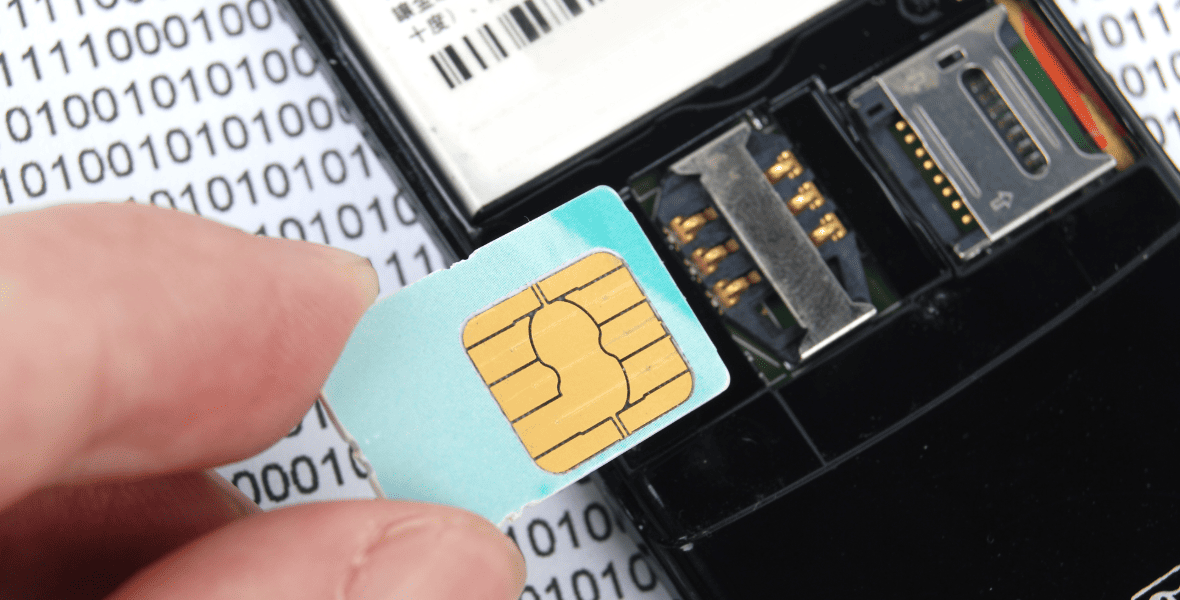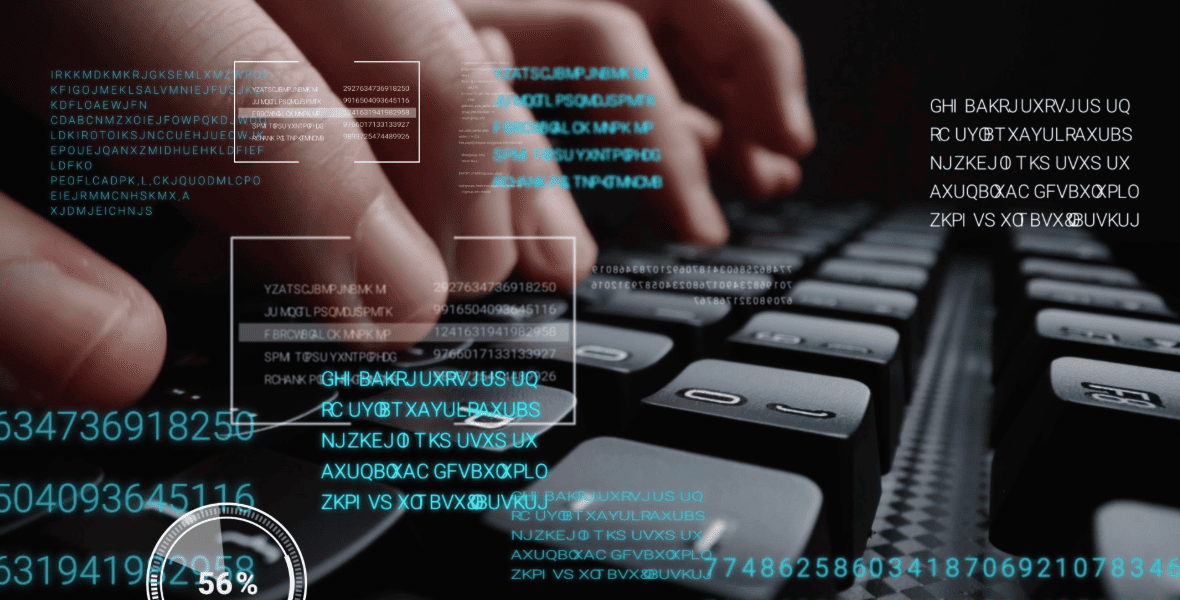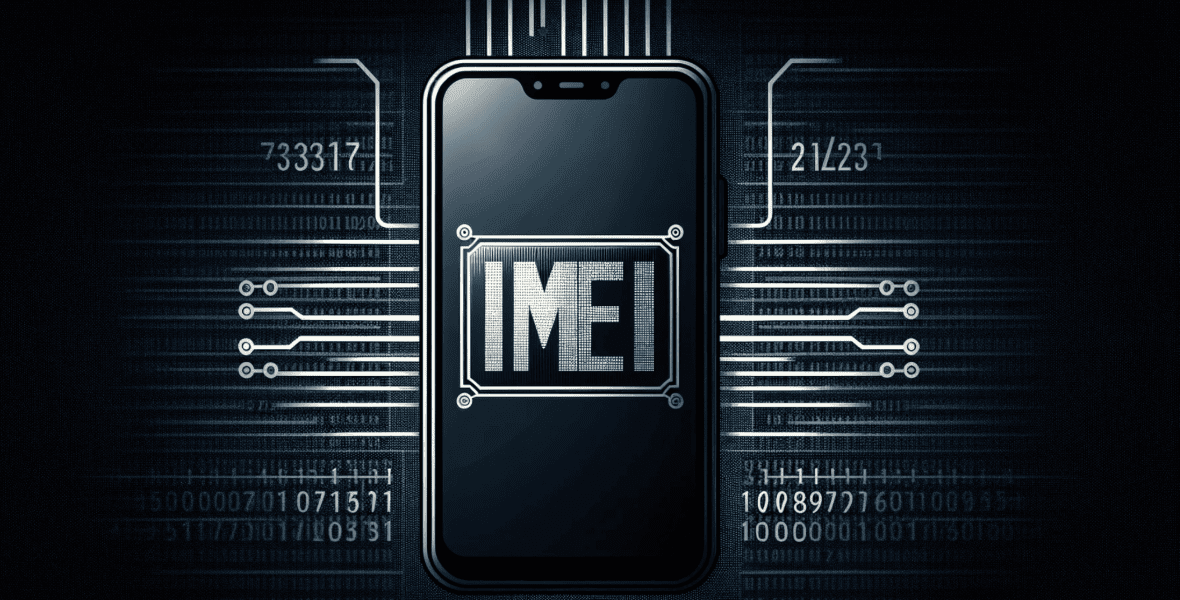Table of Contents:
The Integrated Circuit Card Identification (ICCID) number is a distinctive code, typically comprised of 18 to 22 digits, assigned to each SIM card. You can usually spot it on the back of the SIM car, and it's also stored within its internal memory. This identifier guarantees that every SIM has a unique serial number, allowing Mobile Network Operators (MNOs) to effectively track, authenticate, and manage devices.
In telecommunications, ICCIDs play a pivotal role in linking a SIM card to its specific mobile network. They assist IoT service providers and carriers by enabling precise allocation of services and ensuring secure device connections. Unlike identifiers such as IMSI or IMEI—which relate to subscriber identity and device hardware—the ICCID specifically designates the physical or digital SIM itself.
This number follows an internationally recognized format defined by ISO/IEC 7812 standards, ensuring it works seamlessly across global networks. Whether used for traditional SIM cards or eSIM technology, ICCIDs are essential for managing mobile subscriptions, activating network services, and facilitating global roaming.
Structure and verification of an ICCID number

The ICCID number follows a specific structure to ensure each SIM card is distinct and recognizable globally. It consists of several key components:
- Major Industry Identifier (MII): typically starting with "89," these first two digits signify the card's association with the telecommunications industry,
- Country Code (CC): positioned after the MII (subsequent one to three digits), this code identifies the country where the SIM was issued, based onITU-T E.164 standards. For instance, the United States uses '1', while the United Kingdom uses '44',
- Issuer Identifier Number (IIN): this element specifies which mobile network operator provided the SIM card,
- Individual Account Identification Number (IAIN): assigned by the issuer, this unique serial number differentiates each SIM within its network,
- Checksum Digit: This final digit is computed using the Luhn algorithm and serves as an error-detection tool for verifying ICCID numbers.
To maintain accuracy, methods such as checksum validation are used to detect errors during data entry or processing. The standardized design ensures compatibility across networks while enhancing security in subscriber identity management.
Example of ICCID Structure
An ICCID number is structured in a distinct way: ICCID = 89 + 45 + 73 + 0000271204 + 3.
- 89 – represents the Major Industry Identifier (MII), signifying that it's a telecommunications SIM card,
- 45 – known as the Country Code (CC), it designates the nation where the SIM was issued,
- 73 – the Issuer Identifier Number (IIN) pinpoints the mobile network operator,
- 0000271204 – called the Individual Account Identification Number (IAIN), this component is unique to each SIM card,
- 3 – the Checksum Digit, derived from the Luhn algorithm,which helps verify the number’s accuracy..
This format guarantees that each ICCID number remains distinct and traceable globally.
Using the Luhn algorithm for validation

The Luhn algorithm is a mathematical formula designed to detect errors in ICCID number sequences. It validates the last digit using a checksum calculation.
The process involves:
- doubling every second digit, beginning with the rightmost one,
- summing the individual digits of each product,
- combining all these values.
If this total is divisible by 10 without leaving a remainder, the number is considered valid. This technique effectively identifies typical input errors and ensures ICCID numbers remain precise within telecom networks.
How to find and retrieve a SIM’s ICCID number
The ICCID number can be discovered in several ways, depending on your device and the type of SIM card you have. The simplest method is to look at the physical SIM card itself, as the ICCID is typically printed there. If that's not an option due to wear or inaccessibility, you can locate it through your device's settings.
For Android users, navigate to Settings > About Phone > SIM Status to find the ICCID.
iPhone owners should go to Settings > General > About, where you'll find the ICCID listed under SIM details. Some phones may also display this information within their network or phone settings.
For IoT devices that lack standard interfaces, you'll need a terminal app connected to the mobile module and use AT commands such as AT+CCID to retrieve the ICCID.
ICCID vs. IMSI vs. IMEI: Understanding the differences

Each identifier in the telecommunications world—ICCID, IMSI, and IMEI—serves a distinct purpose.
ICCID (Integrated Circuit Card Identification) – Identifies the physical or digital SIM card itself.
International Mobile Subscriber Identity (IMSI) is stored on your SIM card and identifies the subscriber associated with it. It allows for network authentication and services like roaming. Unlike the ICCID, your IMSI remains unchanged even if you switch devices while using the same SIM card.
International Mobile Equipment Identity (IMEI) uniquely identifies a mobile device itself rather than any subscriber or their SIM card. This number helps networks track lost or stolen phones and control device access.
These identifiers work collectively to provide secure connectivity by distinguishing between the SIM card (ICCID), subscriber identity (IMSI), and hardware device (IMEI) within telecom networks.
ICCID and eSIM technology
eSIM technology is transforming mobile connectivity by allowing a single embedded SIM to store multiple ICCIDs. Unlike the traditional SIM cards that are limited to one ICCID each, eSIMs can handle several profiles at once. This innovation enables users to switch carriers and networks without needing a physical SIM swap, offering more flexibility for those who frequently change providers or travel internationally.
What is an EID and how does it differ from an ICCID?
The Embedded Identity Document (EID), serves as a distinctive identifier for an eSIM and operates much like the ICCID does for traditional SIM cards. While the ICCID is associated with a physical SIM card and aids in network authentication, the EID is specifically designed for embedded SIMs found within devices.
In contrast to an ICCID that remains unchanged with each SIM card, the EID enables remote provisioning and management of various mobile network profiles. This capability allows users to switch carriers or enjoy global connectivity without swapping SIM cards. Consequently, eSIM technology provides greater flexibility for individuals who frequently change networks or travel abroad.
Posts you might also like




